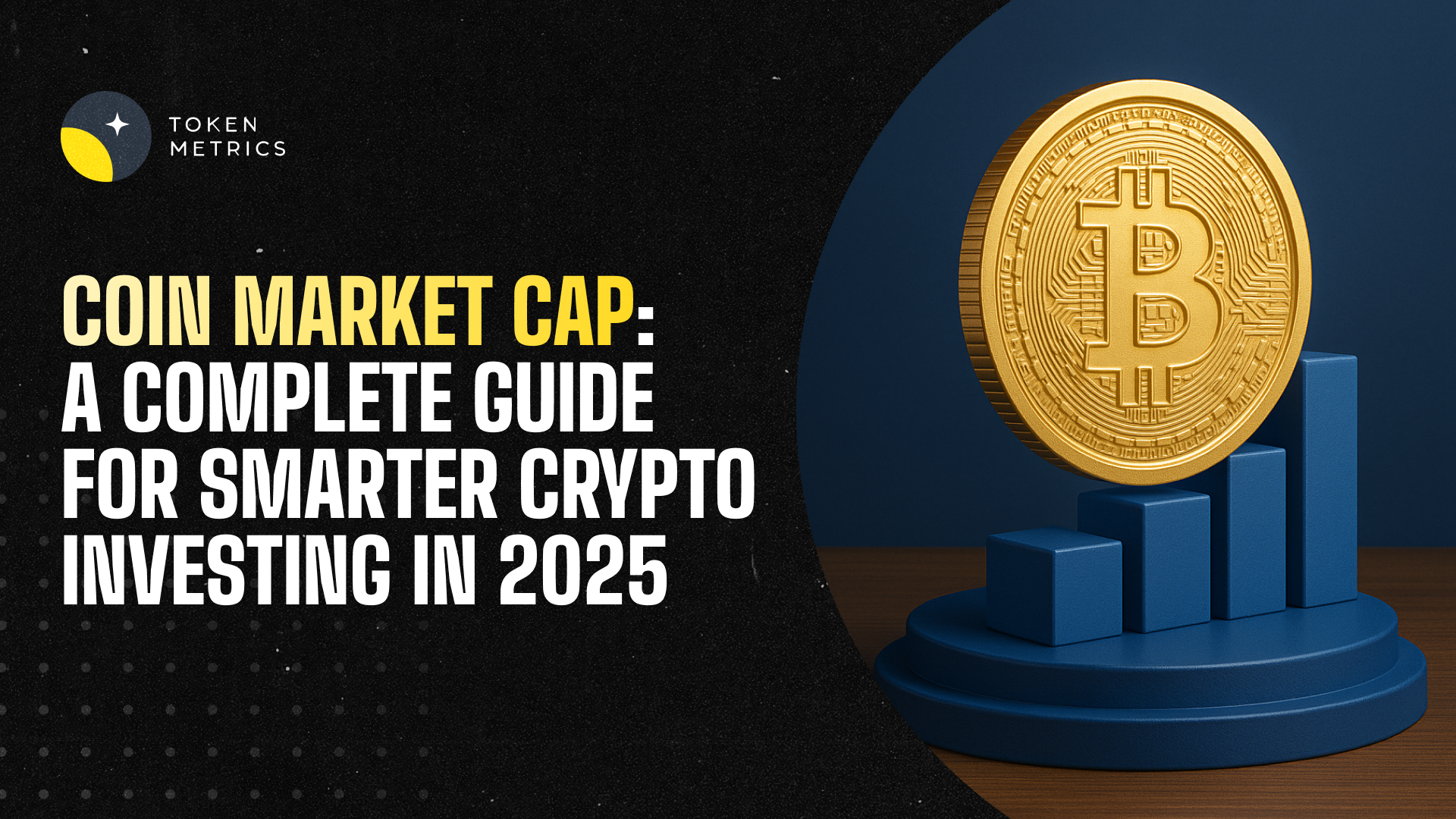How to Make Money with Cryptocurrency in 2024 - Best Strategies

Cryptocurrency has been around for over a decade, and it's quickly becoming a popular way to make money online. With the recent rise in the value of Bitcoin, Ethereum, and other cryptocurrencies, more and more people are looking for ways to capitalize on this new digital asset. This article will look at eight proven methods for making money with crypto in 2024 and beyond.
Whether a beginner or a seasoned investor, you'll find something here that you can use to make money with your cryptocurrency investments. Let’s dive in.
How to Start Making Money with Crypto?
If you're interested in making money with crypto, the first step is to do your research. It would be best if you understood the different types of cryptocurrency, the various methods of making money with crypto, and the pros and cons of each. Once you have a good understanding, you can start investing.
Finding a reliable and secure way to store your cryptocurrency is equally significant. You can use a hardware wallet, a software wallet, or an online exchange. Whichever you choose, make sure it's secure, and you can trust it with your money.
8 Proven Ways for Making Money with Crypto
Following are the ways to make money with crypto in 2024.
1. Mining
The most common way to make money with crypto is through mining. Mining verifies transactions on the blockchain and adds new blocks of data to the chain. By doing this, miners are rewarded with cryptocurrency for their effort. Mining can be done with specialized hardware or with cloud mining services.
You don't need to purchase or maintain hardware with cloud mining, but the rewards are usually lower than with hardware mining. It's important to note that mining cryptocurrency is not easy and requires a lot of electricity, so it's essential to do your research before getting started.
2. Staking
Crypto staking is a method of investing in cryptocurrency that involves holding a certain amount of coins in your wallet for a certain period. By doing this, you are rewarded with a slight interest in your investment. So, you can earn passive income from your crypto investments.
The interest you can earn depends on the cryptocurrency and the number of coins you are staking. Some cryptocurrencies offer higher rewards than others, so it's crucial to do your research first.
3. Trading
Trading cryptocurrency is another popular way to make money with crypto. This method involves buying and selling cryptocurrency on a crypto exchange. You can take advantage of the price fluctuations and profit by doing so.
Note that trading cryptocurrency is risky and can result in losses. Therefore, learn your basics before you start trading.
4. Investing
Investing in cryptocurrency is a great way to make money with crypto. You can invest in individual coins, such as Bitcoin and Ethereum, or you can invest in a cryptocurrency index fund. This is a great way to diversify your portfolio and spread your risk.
When investing in cryptocurrency, make it a point to research and understand the risks you will take.
5. Lending
Cryptocurrency lending is another way to monetize crypto. It involves lending your cryptocurrency to someone else in exchange for interest. The interest rate you receive will depend on the type of cryptocurrency you are lending and the amount you are lending.
6. Earning Interest
Cryptocurrency can help you earn interest on your investments. It is done through a " yield farming process," where you lend your cryptocurrency to a platform in exchange for interest. The amount of interest you gain will solely depend on the platform and the type of cryptocurrency you are lending.
There are many platforms offering yield farming opportunities, but not all of them are safe or reliable. So, pick the trustworthy ones.
7. Affiliate Programs
Many cryptocurrency exchanges offer affiliate programs allowing you to earn commissions on referred customers. By referring customers to an exchange, you can earn a percentage of the transaction fees they pay. It is a great way to make money with crypto without having to do any trading or investing.
Affiliate programs can be very competitive, so list out your best finds. Many great affiliate programs are available in the market, so research and find the most profitable ones.
8. ICOs
Initial Coin Offerings (ICOs) are a type of investment involving buying a company's token issued in exchange for cryptocurrency. ICOs are a great way to make money with crypto, as they can offer high returns on your investment.
However, it's essential to be aware of the risks involved. Many ICOs are scams and can result in losses, so ensure the ICO is legitimate before investing.
Research, as mentioned, is the goldmine for your crypto investment. It’s that unavoidable prerequisite that can help you predict and decide your crypto strategy. But, as you know, there are so many research platforms available up and live in the market and it’s quite challenging to pick the best one for you.
So, we made it easy for you.
We, at Token Metrics, offer comprehensive crypto data which can help you make an informed investment decision. Based on the data our AI tool articulates, you can find the best coins for your portfolio, a complete end-to-end analysis, touch points and everything else you need to make the final call.
The Bottom Line
Making money with crypto is a great way to generate passive income and grow your wealth. Be it any method, before getting started; it's essential to do thorough research and understand the risk as well as the potential. You can make money with your crypto investments in 2024 and beyond with the right analytical approach.
Disclaimer
The information provided on this website does not constitute investment advice, financial advice, trading advice, or any other advice, and you should not treat any of the website's content as such.
Token Metrics does not recommend buying, selling, or holding any cryptocurrency. Conduct your due diligence and consult your financial advisor before making investment decisions.
Create Your Free Token Metrics Account

.png)




%201.svg)
%201.svg)


%201.svg)













.svg)




.png)